UK Superfast Broadband Uptake and ISP Market Share – Q4 2013
Telecoms analyst Point Topic has revealed that there were an estimated 22,782,100 active fixed line broadband subscribers in the United Kingdom at the end of 2013 (including from smaller altnets), which includes 5,615,780 superfast broadband (25Mbps+) / NGA users (24.6% of the total). But as expected, Virgin Media and BT continue to dominate.
The subscriber data is useful because, unlike other sources, Point Topic also include statistics from altnet providers. But take note that some estimation is also involved for ISPs like Sky Broadband, which don’t ordinarily share their FTTC subscriber totals (though you can quite confidently extrapolate this from Openreach’s total). Also we recommend taking the “superfast” figures here more as a reflection of general Next Generation Access (NGA) lines since some of them won’t actually be able to deliver the required “superfast” speeds of 25Mbps+.
Overall the market is fairly evenly split for total broadband lines, which is also evident on our Top 10 ISPs by Broadband Subscriber Size table. But split out the results for NGA broadband subscribers and you get a very different picture, one where Virgin Media and BT are clearly dominant.
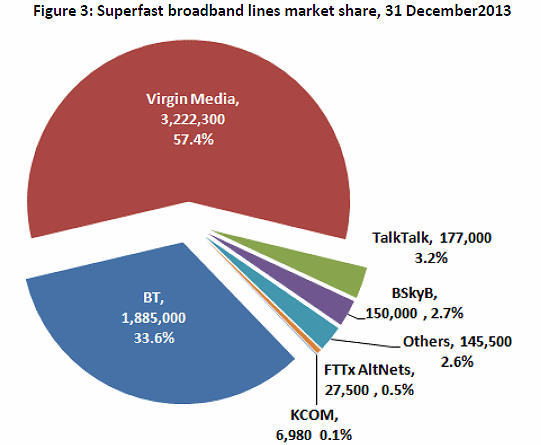
In Virgin Media’s case the dominance is down their initial infrastructure advantage and an ability to upgrade the existing Cable (DOCSIS) platform with faster speeds (up to 152Mbps), all without incurring excessive costs. Hence most of Virgin’s subscribers have simply been moved to a superfast/NGA style service, often at no additional cost. As a result Virgin claimed over 53% of last year’s NGA net additions.
By comparison BT has had to spend £2.5bn to deliver the slower ‘up to’ 80Mbps Fibre-to-the-Cabinet (FTTC) solution and that’s before we even factor in the Broadband Delivery UK (BDUK) investment, which means they can’t just give FTTC away as a cheap or even free/automatic upgrade like Virgin (i.e. lower uptake).
But BT’s head-start and strong marketing drive has given them a clear lead with FTTC over their rivals, which offer the same service via the same platform. BTOpenreach have also made a big deal about rolling out “fibre broadband” and naturally many people have thus come to associate it with BT’s Consumer division. We still see some people referring to “fibre” services from Sky and TalkTalk as “Infinity“, even though this is the BT Consumer branding.
However NGA uptake has been improving for Sky Broadband and TalkTalk, although at present it still only counts for a very small portion of their total broadband subscribers. Otherwise it’s no surprise to find that smaller altnets only have a tiny influence on the overall market because most of those tend to focus on highly capable FTTH/P/B services, albeit mostly in niche rural areas (the exception being KC in Hull).
In addition, it’s worth pointing out that consumer broadband subscribers utterly dominate the market and indeed only 8.6% of the total represents businesses. But surprisingly BT doesn’t dominant here, in fact none of the big ISPs do.
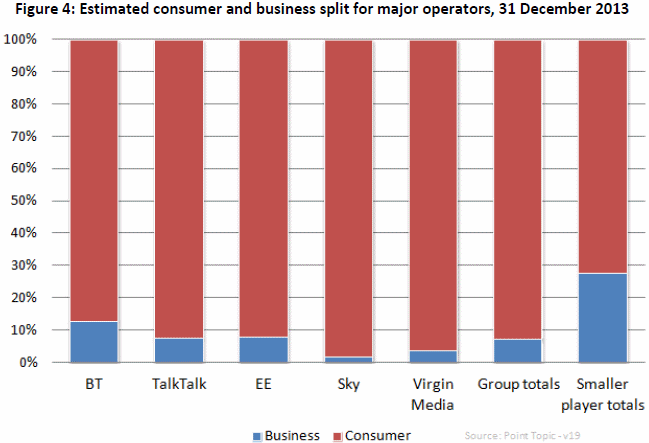
Ultimately it’s the smaller providers that end up being most attractive to business customers, arguably thanks to a stronger focus on quality and support for individual clients.
In closing it’s important to reflect that we’re only talking about subscriber uptake and market share here, not availability. NGA broadband is currently available to around 75% of the UK population and the aim is to reach around 90% by the end of 2015 and then 95% by 2017.
Point Topic – Mapping Broadband in the UK Q4 2013
http://point-topic.com/free-analysis/operator-market-share-across-uk/
Mark is a professional technology writer, IT consultant and computer engineer from Dorset (England), he also founded ISPreview in 1999 and enjoys analysing the latest telecoms and broadband developments. Find me on X (Twitter), Mastodon, Facebook and Linkedin.
« EE Boost UK Customer Service Quality with 300 New Jobs in Derby
Latest UK ISP News
- FTTP (5533)
- BT (3518)
- Politics (2542)
- Openreach (2299)
- Business (2267)
- Building Digital UK (2247)
- FTTC (2045)
- Mobile Broadband (1978)
- Statistics (1790)
- 4G (1669)
- Virgin Media (1621)
- Ofcom Regulation (1466)
- Fibre Optic (1396)
- Wireless Internet (1392)
- FTTH (1382)


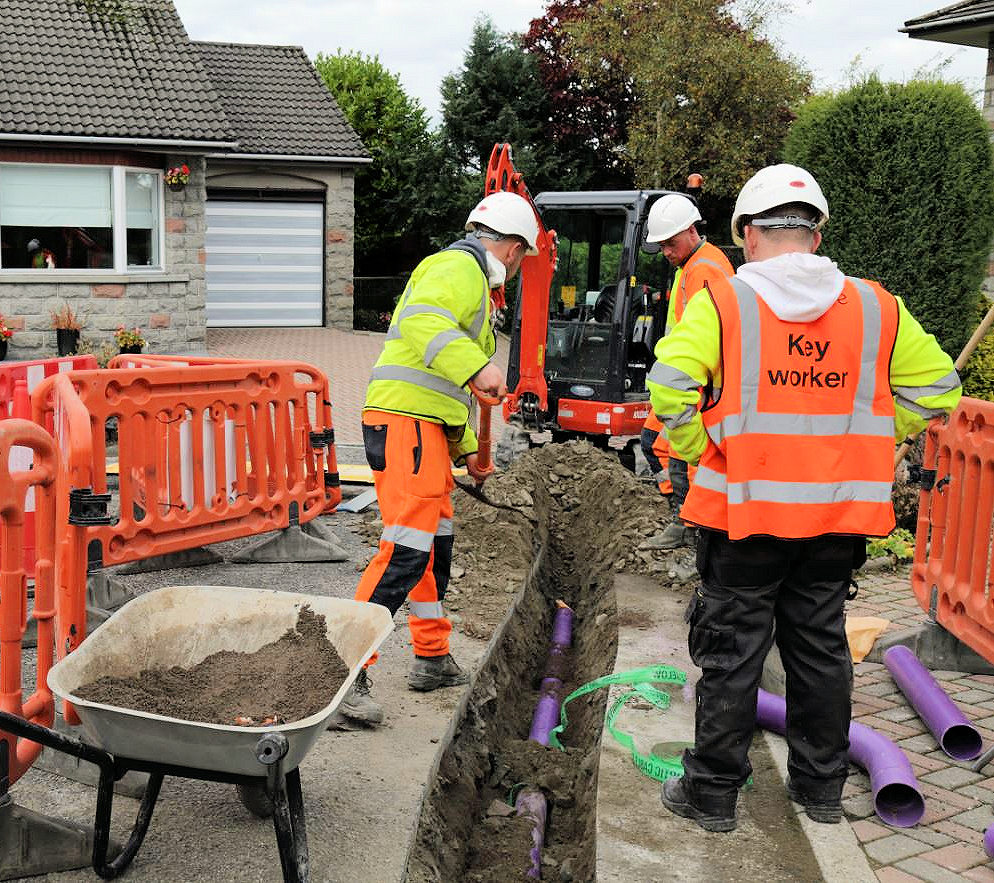

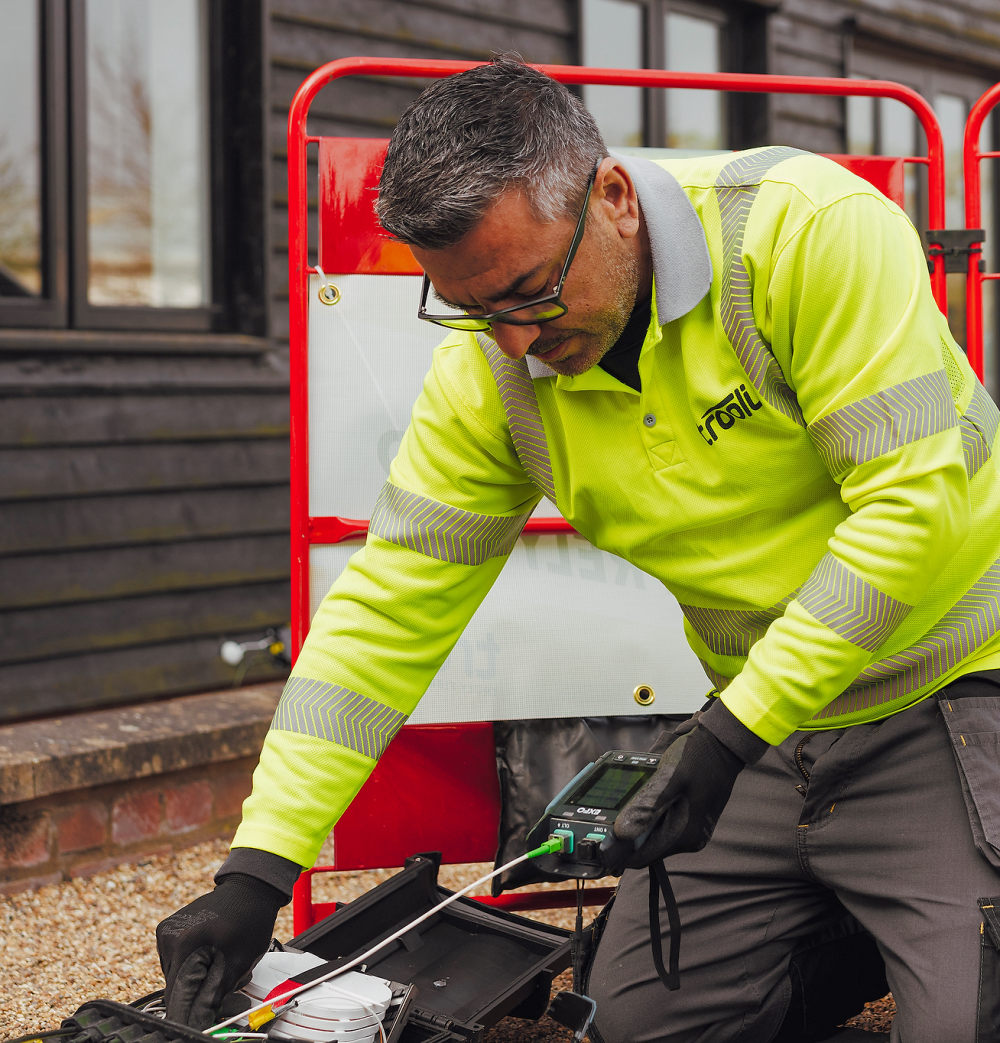






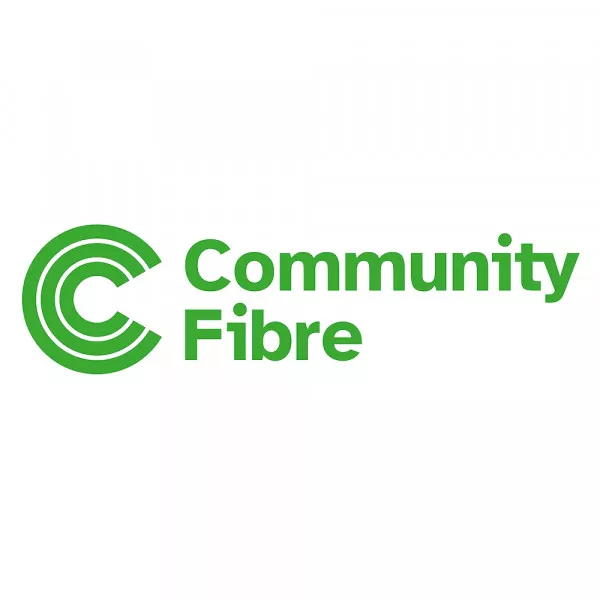
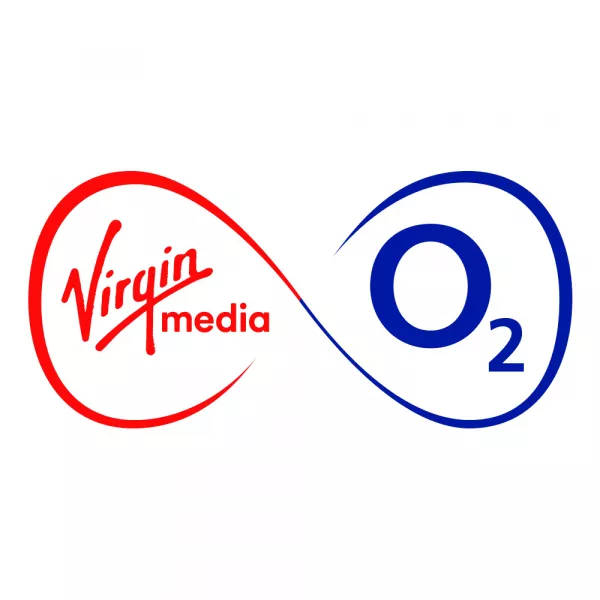
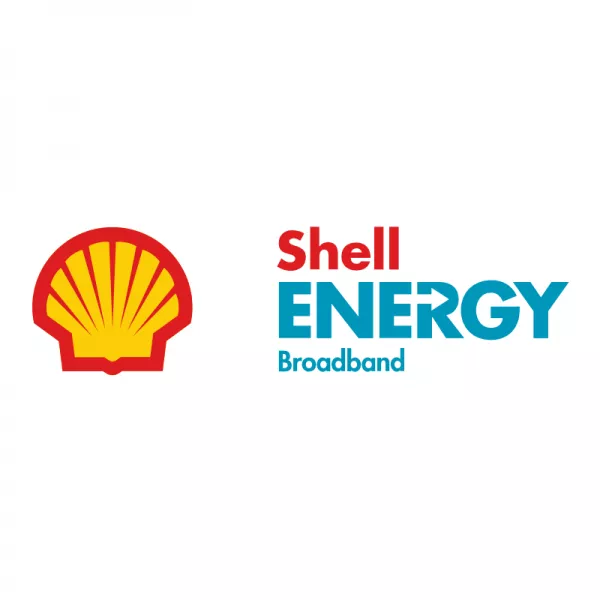
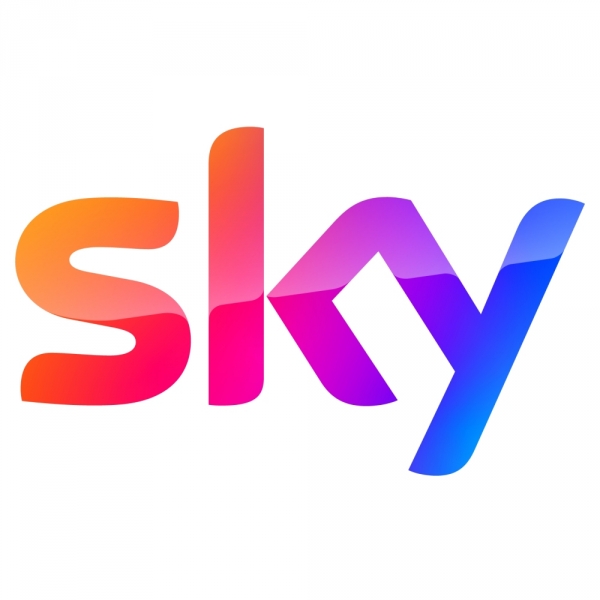
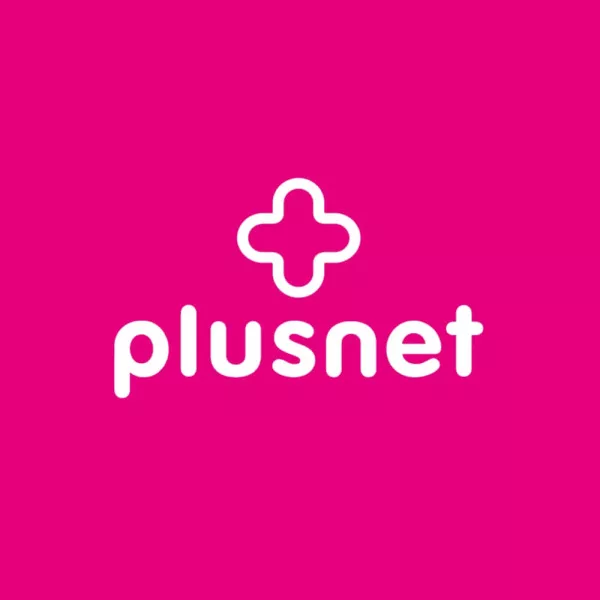
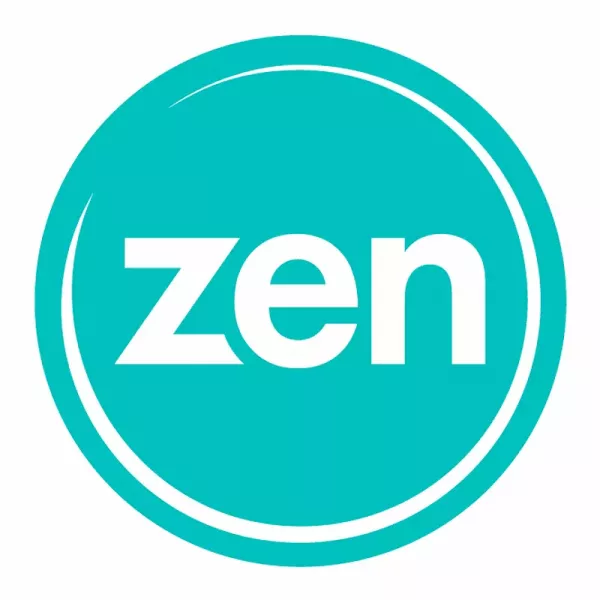

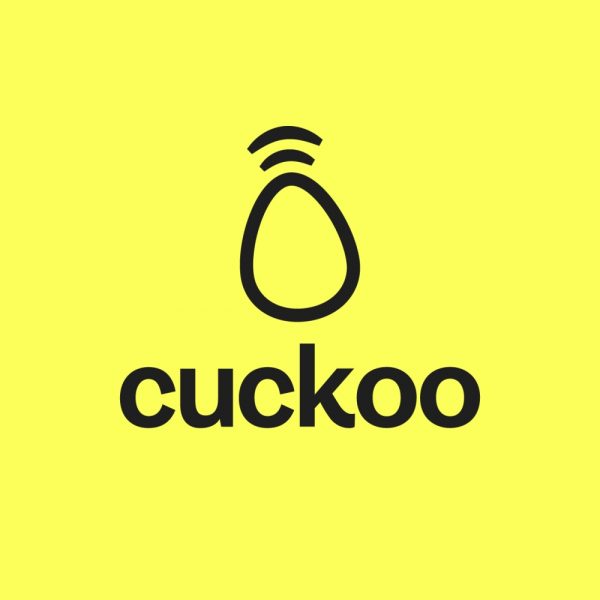
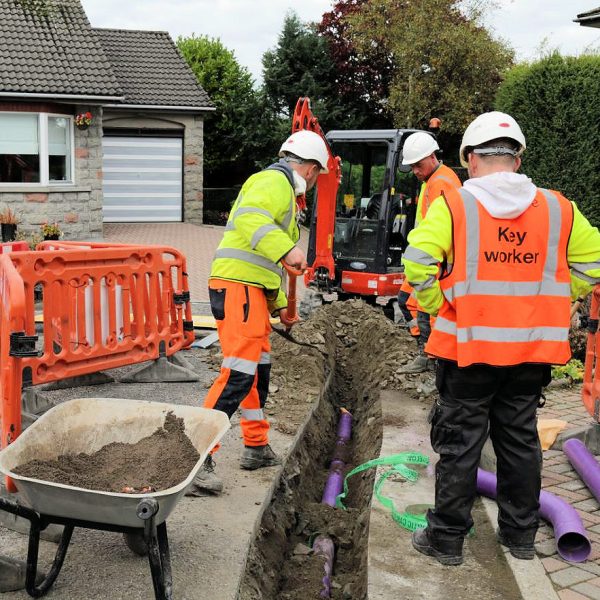

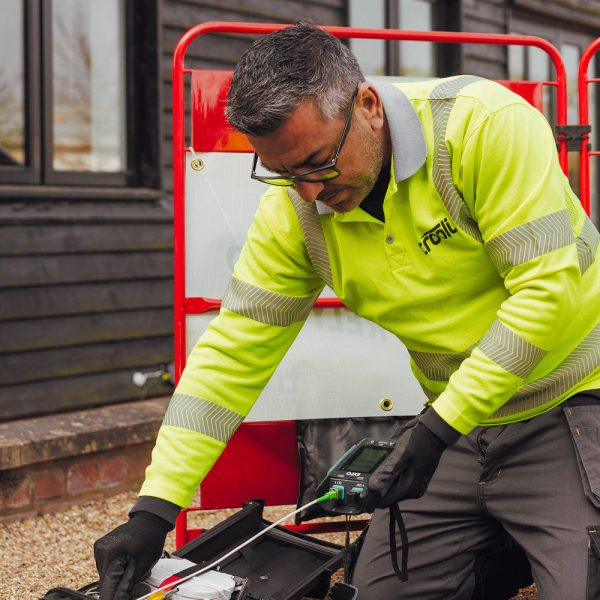
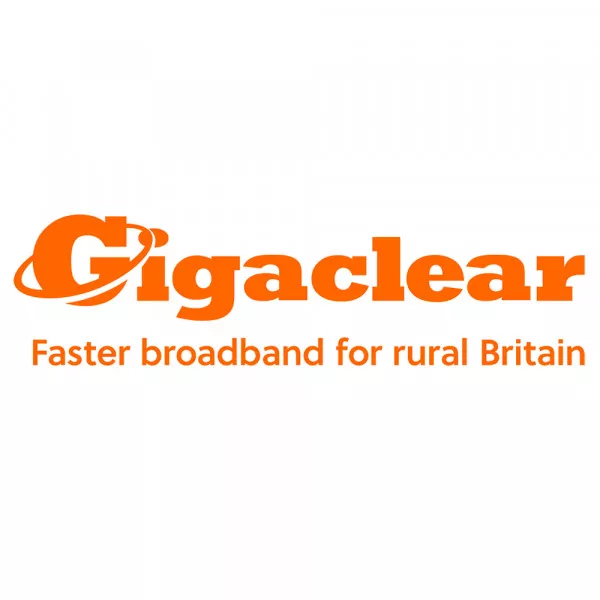

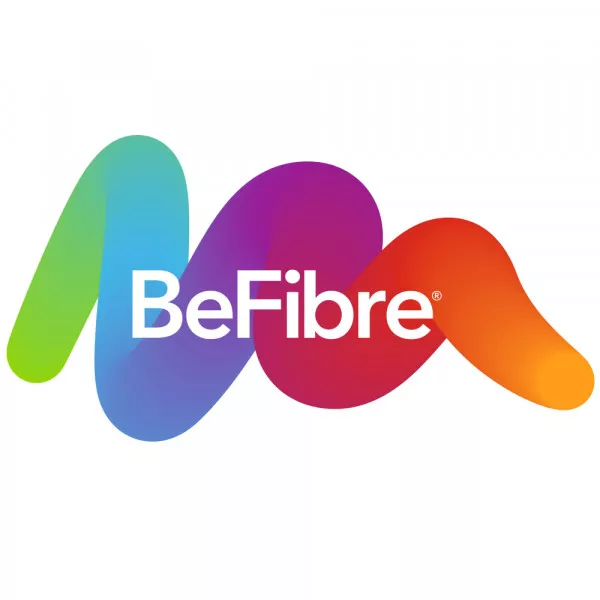
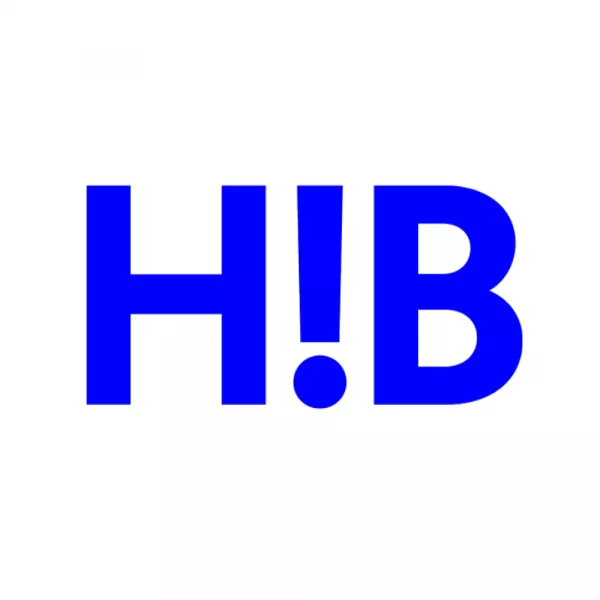



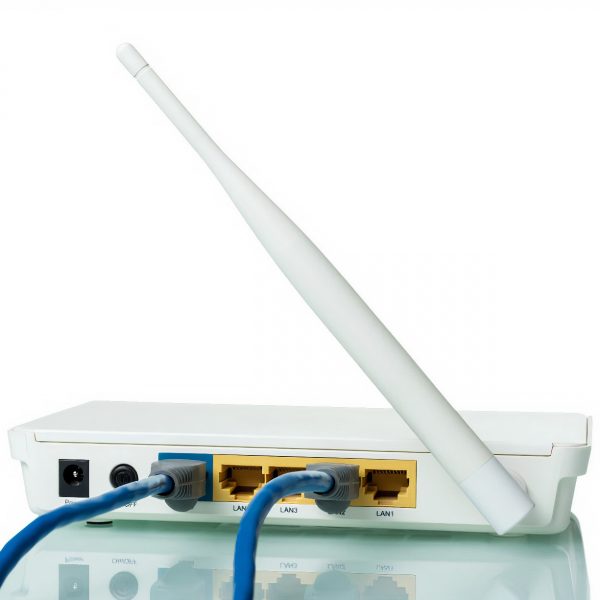
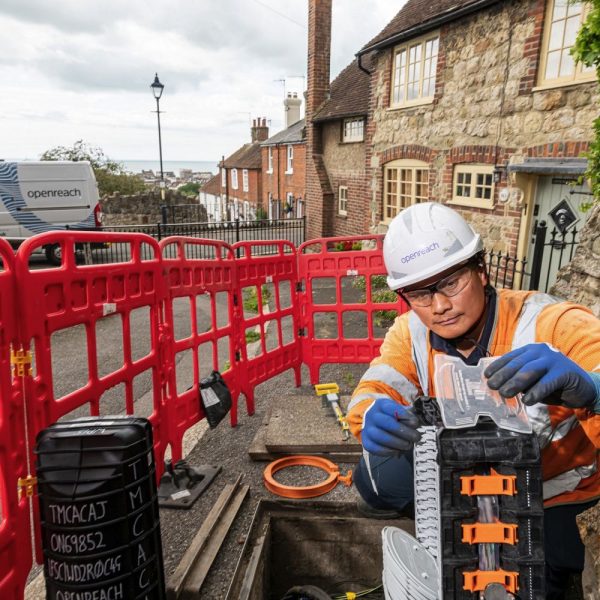

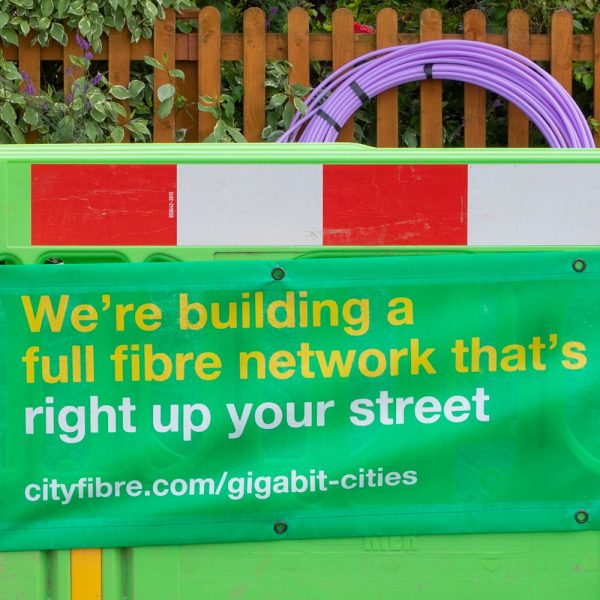
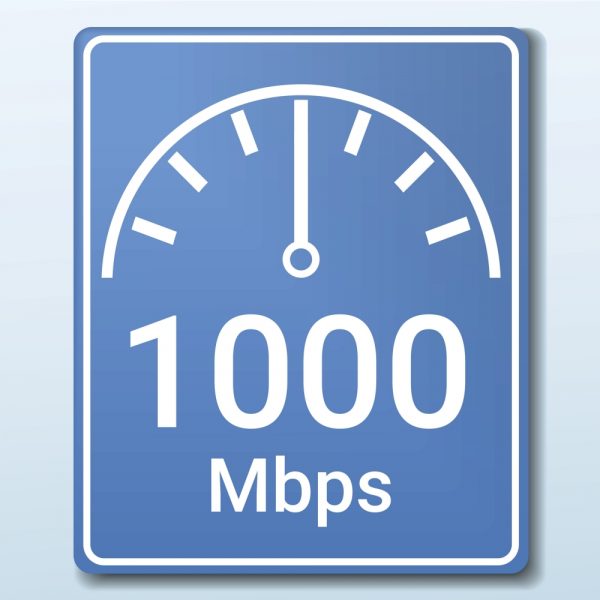
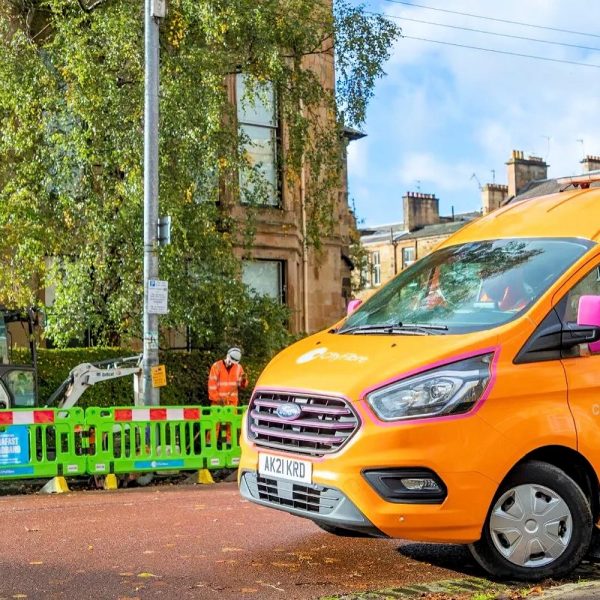


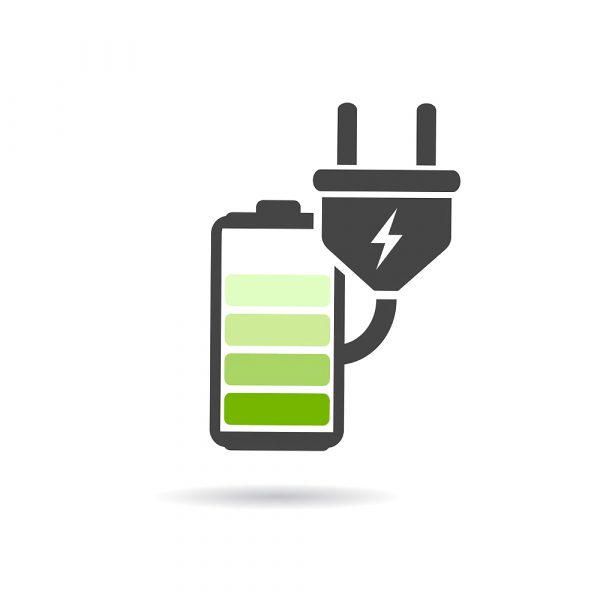
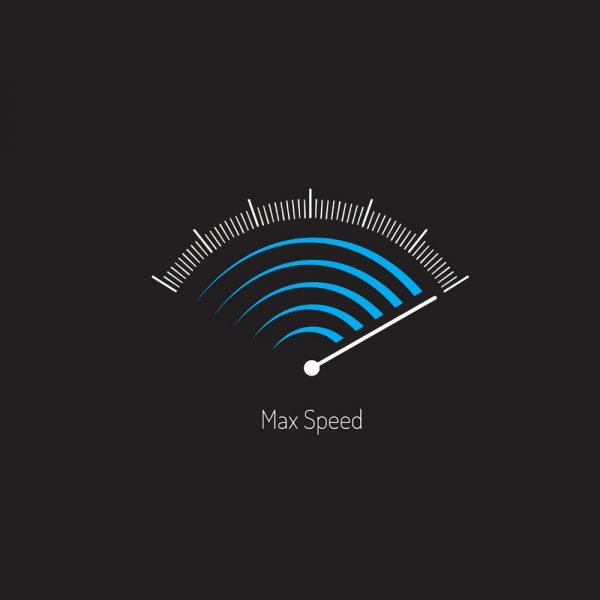





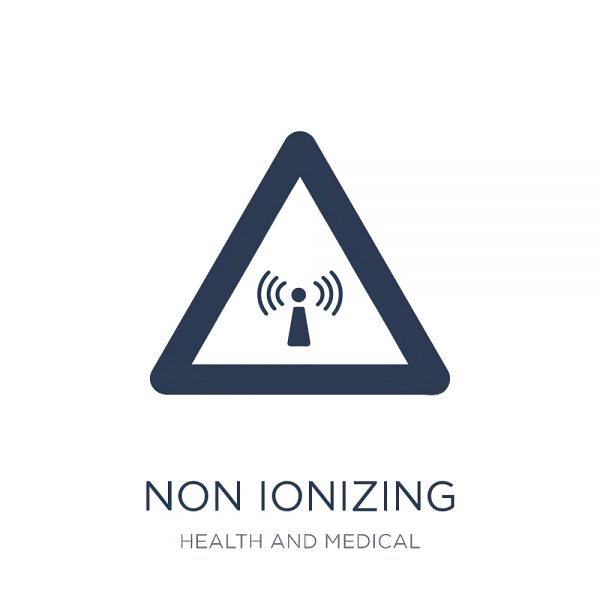
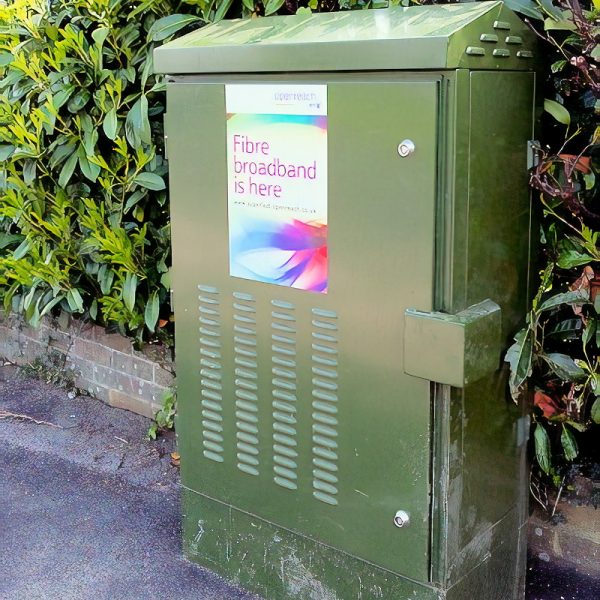


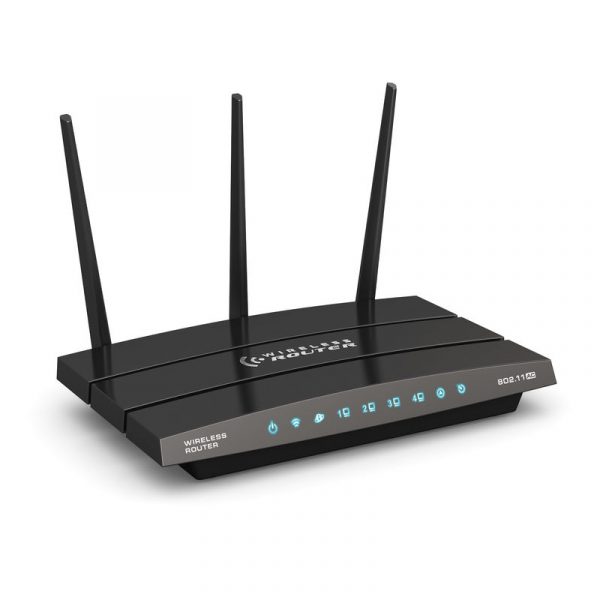




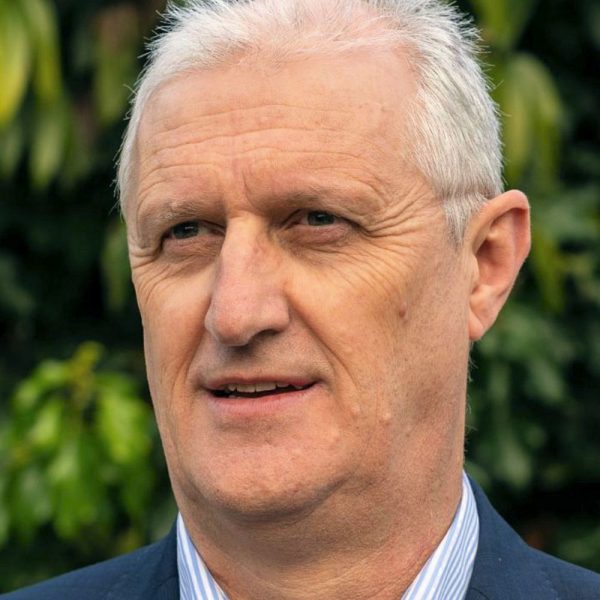

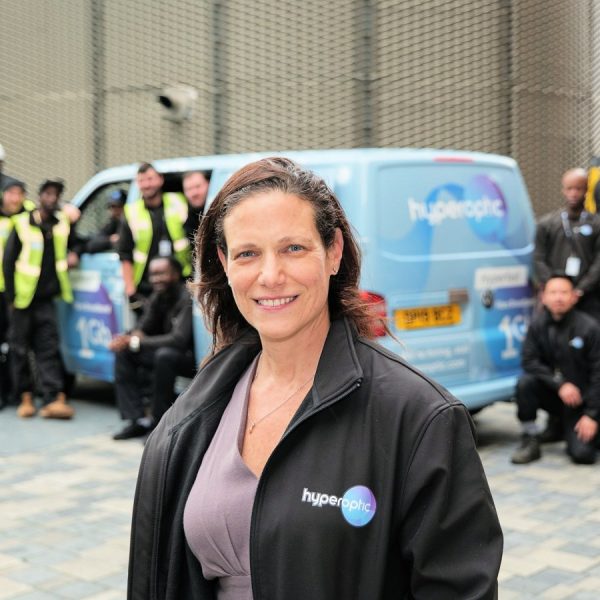
Comments are closed